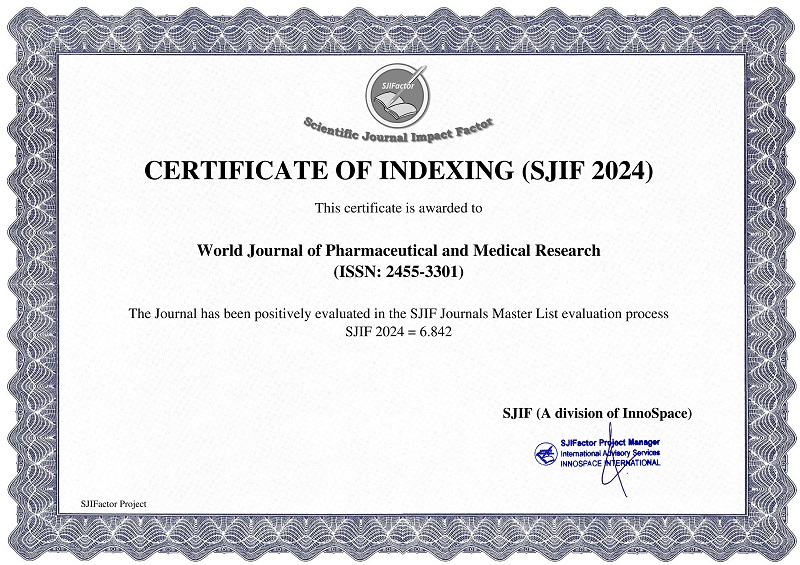HEPATIC ENCEPHALOPATHY AND IT’S NOVAL TREATMENT MODALITIES
Reshma M.*, S. Salma, Aswathy S. J. and Dr. Sini S. G.
ABSTRACT
Hepatic encephalopathy is a reversible neuropsychiatric consequence that occurs due to liver damage. Although the exact origin of encephalopathy is still unknown, three elements are known to be involved: portosystemic shunting, metabolic dysfunction and an alteration of the blood–brain barrier. Neurotoxic and neuroactive chemicals produced from the digestive tract, such ammonia, are believed to either bypass the liver through shunts or pass through the diseased liver and travel straight to the brain. Cerebral dysfunction is the outcome. Ammonia is thought to indirectly alter neurotransmission and enhance the blood–brain barrier's permeability, allowing additional neurotoxins to enter the brain. Hepatic encephalopathy can manifest clinically as ranging from a mild lack of awareness and altered mental state to asterixis (liver flap), severe disorientation, and coma. The focus of this review article will be on the most recent epidemiology, pathogenesis, etiology, clinical presentations, pharmacological therapy and non-pharmacological therapy to enhance patients quality of life. Supportive treatment and ammonia-lowering medication are typically used to treat hepatic encephalopathy. In order to prevent dehydration and electrolyte imbalances, maintain proper nutrition, and create a safe environment that lowers the risk of falls or accidents, supportive care is an essential part of treatment. Antibiotics like rifaximin and disaccharides like lactitol and lactulose are essential parts of ammonia-lowering treatment. Some of the newer therapy include glycerol phenylbutyrate, galexanolone, nitazoxanide.
[Full Text Article] [Download Certificate]



